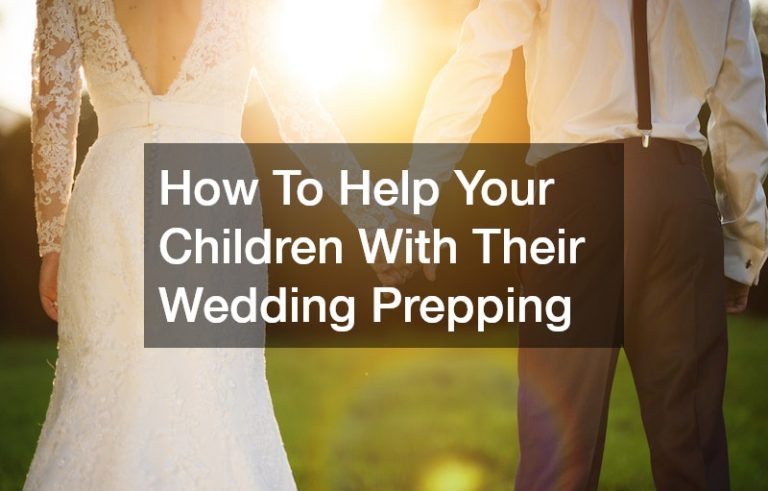- Attend spiritual activities to teach children the virtue of compassion and impart universal values of kindness and charity.
- Encouraging playdates with different types of children and talking about feelings helps foster empathy, respect, and acceptance.
- Expressing appreciation for positive change in our lives is a powerful way to spread kindness and respect.
- Small gestures can create an atmosphere of giving and compassion, so practice with your children.
Teaching kindness to children is an essential part of parenting. The values and attitudes we instill in our kids can stay with them into adulthood, so we must equip them with the skills they need to be kind and caring.
Fortunately, there are many ways to teach kindness to your children. Through various activities, parents can help foster empathy and understanding in their children while building strong relationships between themselves and their kids.
Attend spiritual activities
Attending spiritual activities is a great way to teach kindness to children. While some parents, especially those of organized faith, might prefer attending a Christian church on Sundays, all religious and non-religious parents must impart the universal values of kindness and charity within their homes.
Teaching children the virtue of compassion through different stories, relating it to real-life situations, and talking about how we should practice these values in our lives helps them learn the importance of being gentle and helpful towards others.
Model Kindness
Here are some ways you can model kindness to your kids:
Encourage Playdates

Properly encouraging playdates with different types of children is a great way to teach kindness to your children. Not only can this provide valuable exposure to various social classifications and roles they may encounter in life, but it can also help them become more accepting of those who are different.
This kind of inclusive behavior can be further nurtured by giving your child the tools to establish meaningful relationships with others that represent diverse possibilities. By opening up the idea that being friends with someone isn’t limited by skin color, gender identity, or any other distinguishing factor, you are building a foundation for your child’s growth as a compassionate person.
Talk About Feelings
Talking about feelings is one of the most important ways to teach kindness to our children. It allows us to help them understand that emotions are neither something to be ashamed of nor feared.
By sharing how we feel when something pleases or upsets us, we can give our kids a blueprint for behavior that respects everyone’s emotional boundaries and develops empathy skills. Moreover, talking about feelings in an open-minded rather than judgmental way encourages our kids to express themselves better and navigate the often unexpected turns life gives us.
Show Gratitude & Appreciation
Showing gratitude and appreciation is a meaningful way to teach kindness to our children. It involves expressing verbal and nonverbal appreciation when someone does something for us or makes a positive change in our lives.
Not only does it remind the person of their importance in our lives, but it also models the behavior of compassion and recognizing other people’s efforts and successes. When children see adults showing such appreciation and kind words towards others, they learn to emulate this.
For example, thanking our family members for making dinner, buying gifts for birthdays, or volunteering are all essential ways to respect others while instilling kindness in our children.
Practice Random Acts Of Kindness

Practicing random acts of kindness together is a fun way to teach kindness to our children. It is important to model the values we want our children to have, so having them take part in these acts can generate momentum and help them establish positive habits.
Random acts of kindness are small but meaningful actions that create an overall atmosphere of giving and compassion. Examples include leaving care packages for a neighbor, donating clothing items or volunteering at a local charity – it really doesn’t have to be a grand gesture!
We can all make each other’s lives better with simple gestures like providing compliments, holding the door open or offering to help with chores around the house – even just taking the time to listen can go a long way. By being kind together and celebrating these small acts of good will with our children, we can create a legacy of individual and communal kindness.
Help At Home Without Being Asked
Teaching your children the importance of kindness and helpfulness is a formative part of their development. Helping at home without being asked is an excellent way to encourage these vital characteristics.
Engaging in this practice models the necessity of selflessness for your children, as it entails going about necessary tasks without expecting recognition or reward in return. It also allows them to realize how their contribution helps not just themselves but others and the family.
Moreover, this powerful form of service learning can profoundly affect children’s character development, allowing them to understand empathy, gratitude, and satisfaction with contributing to something larger than themselves.
These are just a few of the many strategies you can use to teach kindness to your children. While there is no one-size-fits-all approach, having an open mind and trying out different tactics can help you find the best combination for your family.




